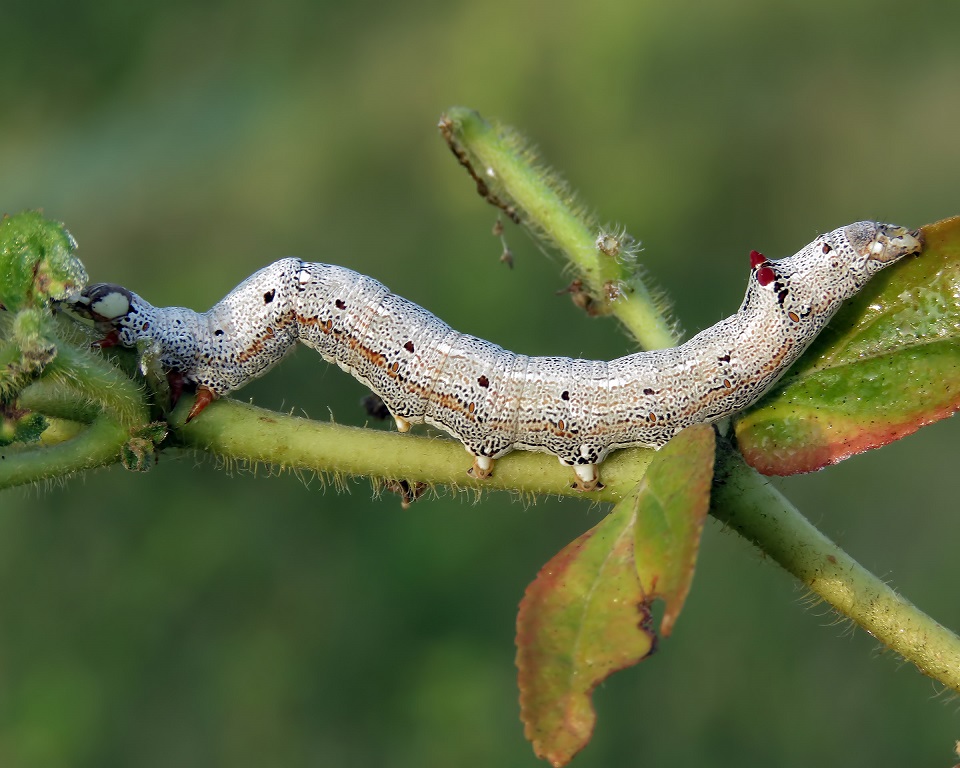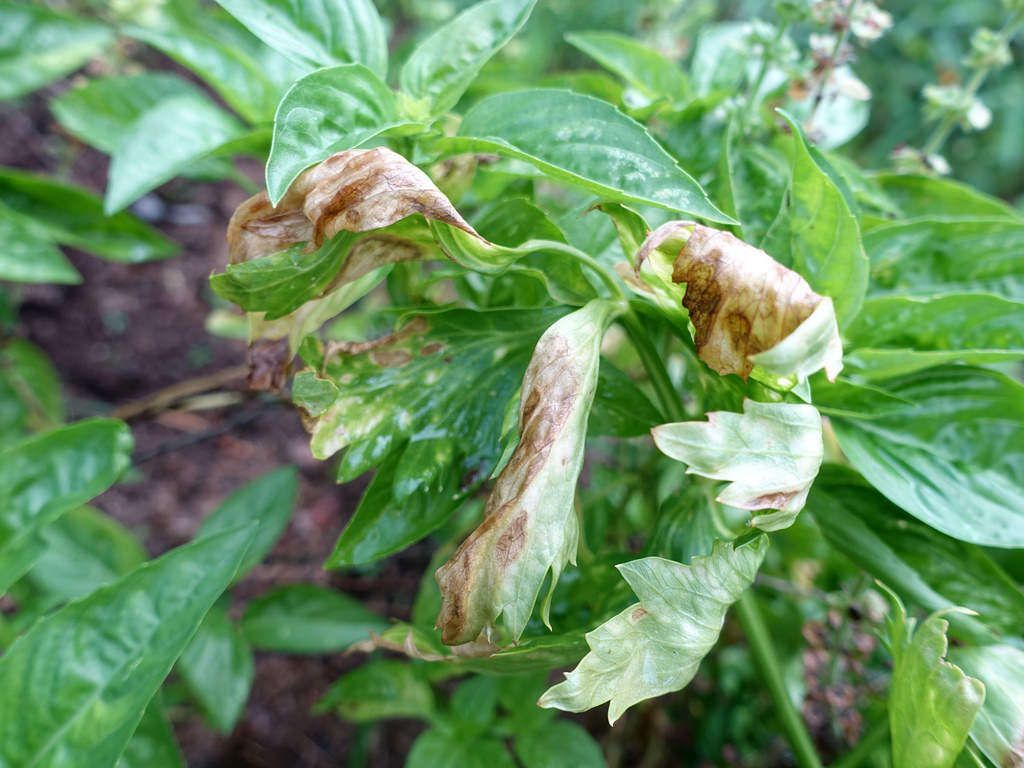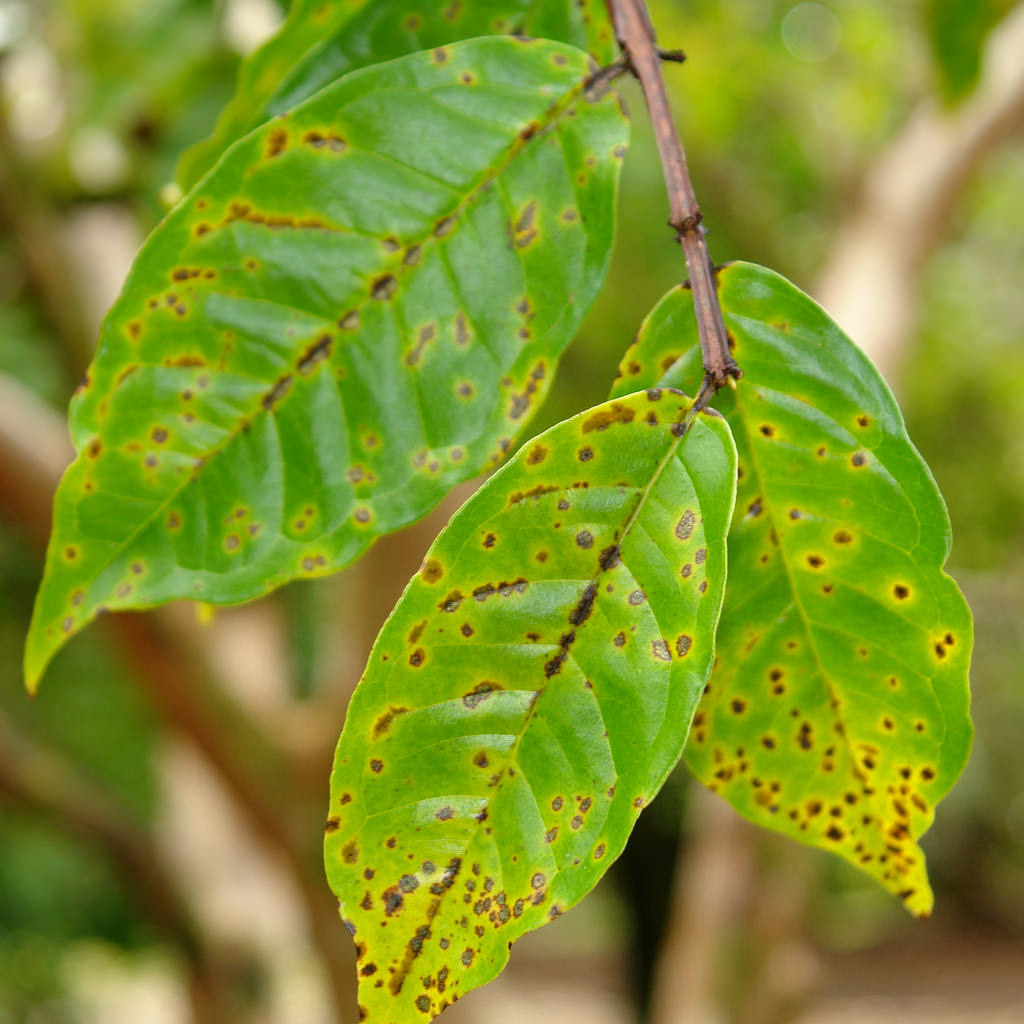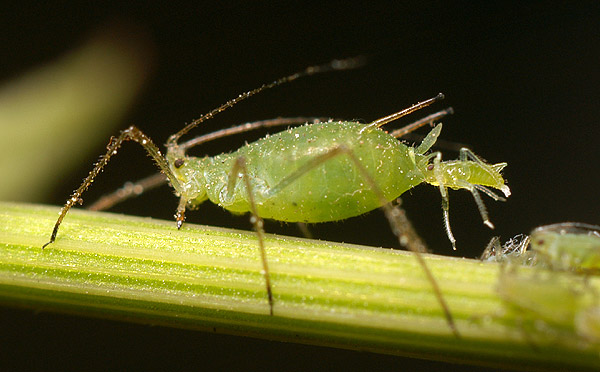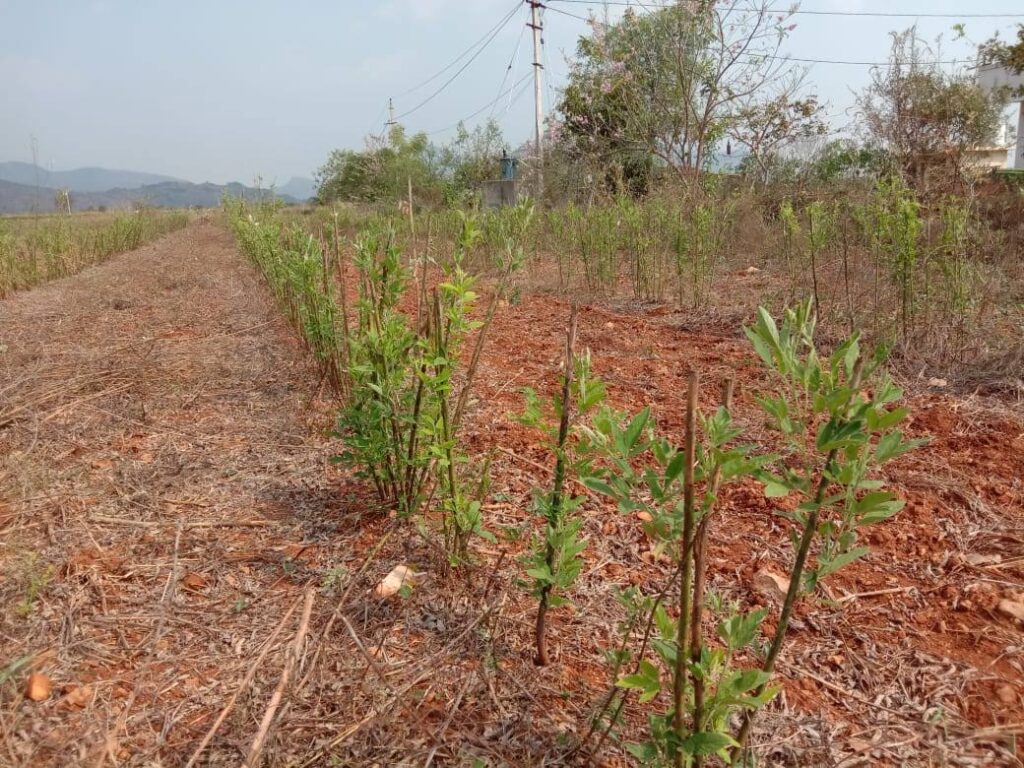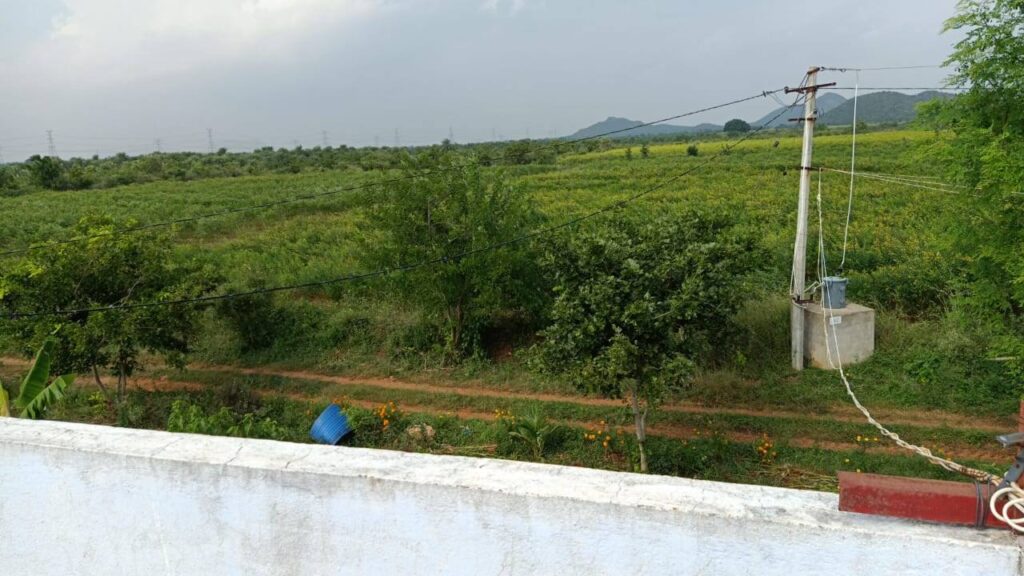Mastering Olive Bacterial Canker: Expert Guide to Organic Treatment and Prevention in Your Orchard

“Olive bacterial canker can reduce olive fruit yield by up to 30% in severely affected orchards.”
Welcome to our comprehensive guide on mastering olive bacterial canker treatment and prevention in your orchard. As experts in agricultural technology and sustainable farming practices, we at Farmonaut understand the challenges that olive farmers face when dealing with this persistent disease. In this blog post, we’ll explore effective strategies for organic pest control in olive trees, focusing on the formidable olive knot disease, also known as olive tree tuberculosis.
Olive bacterial canker, caused by the Pseudomonas savastanoi bacteria, is a significant threat to olive orchards worldwide. This infection manifests as woody galls on branches and trunks, impacting both mature and young trees. As we delve into this topic, we’ll uncover integrated pest management techniques, emphasizing cultural practices like pruning and sanitation. We’ll also discuss the role of copper treatments in disease management and the importance of proper tool sterilization.
Whether you’re dealing with susceptible varieties or seeking to maintain overall orchard health, this article will provide valuable information on olive tree disease management. We’ll explore both conventional and organic approaches to safeguard your olive trees and optimize yield potential. Let’s begin our journey to mastering olive bacterial canker control!
Understanding Olive Bacterial Canker
Olive bacterial canker, scientifically known as Pseudomonas savastanoi pv. savastanoi, is a bacterial disease that poses a significant threat to olive orchards worldwide. This pathogen is particularly notorious for its ability to infect both mature and young olive trees, causing substantial damage to the plant’s structure and, consequently, impacting fruit production.
- Common names: Olive knot disease, Olive tree tuberculosis
- Scientific name: Pseudomonas savastanoi pv. savastanoi
- Host plants: Primarily olive trees, but can also affect oleander and ash
Symptoms and Identification
Recognizing the symptoms of olive bacterial canker is crucial for early detection and treatment. The most characteristic signs include:
- Woody galls or knots on branches and trunks
- Rough, irregular swellings on twigs, branches, and sometimes leaves
- Reduced vigor in affected branches
- Potential defoliation in severe cases
- Decreased fruit yield and quality
These symptoms typically appear within a few months of infection, but the disease can remain dormant during unfavorable conditions, only to resurface when the environment becomes conducive to its growth.
Disease Cycle and Spread
Understanding the life cycle of Pseudomonas savastanoi is essential for developing effective control strategies. The bacteria thrive in warm, moist conditions and can spread through various means:
- Water splashes during irrigation or rainfall
- Contaminated pruning tools
- Wounds caused by harvesting, pruning, or environmental factors like frost damage
- Insect activity, particularly sap-feeding insects
The disease cycle typically follows these stages:
- Infection through wounds or natural openings in the plant
- Bacterial multiplication within plant tissues
- Formation of galls as the plant responds to infection
- Release of bacteria from mature galls, leading to new infections
It’s important to note that the bacteria can survive in old galls and infected debris for extended periods, serving as a reservoir for future infections.
Impact on Olive Production
The effects of olive bacterial canker on olive production can be severe and wide-ranging:
- Reduced photosynthesis due to gall formation and potential defoliation
- Decreased fruit yield, with severe infections potentially reducing yields by up to 30%
- Lower fruit quality, affecting both table olives and olive oil production
- Increased susceptibility to other pests and diseases
- Long-term decline in tree health and productivity
Given these significant impacts, implementing effective management strategies is crucial for maintaining a healthy and productive olive orchard.
Organic Treatment Strategies for Olive Bacterial Canker
“Copper-based treatments can reduce olive knot incidence by 50-80% when applied correctly and timely.”
At Farmonaut, we understand the importance of sustainable and organic approaches to pest management. When it comes to treating olive bacterial canker, several organic strategies have proven effective:
1. Copper Treatments
Copper-based products are the cornerstone of organic management for olive bacterial canker. They work by creating a protective barrier on the plant surface and have bactericidal properties.
- Types of copper treatments:
- Copper hydroxide
- Copper oxychloride
- Bordeaux mixture (copper sulfate + lime)
- Application timing:
- Early spring, before bud break
- After harvest
- Following pruning or hail events
- Effectiveness: Can reduce disease incidence by 50-80% when applied correctly
It’s crucial to follow proper application rates and timing to maximize effectiveness while minimizing the risk of phytotoxicity.
2. Biological Control Agents
Several beneficial microorganisms have shown promise in suppressing Pseudomonas savastanoi:
- Bacillus subtilis: A beneficial bacterium that can outcompete pathogenic bacteria
- Pseudomonas fluorescens: Another beneficial bacterium that produces antibiotics effective against P. savastanoi
- Trichoderma spp.: Fungi that can induce plant resistance and promote growth
These biological control agents can be applied as foliar sprays or soil drenches, often in combination with other organic treatments.
3. Plant-Based Treatments
Certain plant extracts and oils have shown antimicrobial properties that can help in managing olive bacterial canker:
- Neem oil: Contains azadirachtin, which has antibacterial properties
- Thyme oil: Rich in thymol, a compound with strong antimicrobial activity
- Garlic extract: Contains allicin, known for its antibacterial effects
These natural treatments can be used as part of an integrated approach, often in rotation with copper treatments to prevent resistance development.
4. Soil Health Management
Improving soil health can boost the tree’s natural defenses against bacterial canker:
- Compost application: Enhances soil structure and microbial diversity
- Cover cropping: Improves soil organic matter and nutrient cycling
- Balanced fertilization: Ensures trees have adequate nutrition to resist infections
By focusing on soil health, we can create a more resilient orchard ecosystem that’s less susceptible to disease outbreaks.
Preventive Measures and Cultural Practices
Prevention is often the most effective strategy in managing olive bacterial canker. Here are key cultural practices that can significantly reduce disease incidence:
1. Pruning and Sanitation
- Timing: Prune during dry periods to minimize the risk of infection
- Technique: Make clean cuts and avoid leaving stubs
- Sanitation: Remove and destroy infected branches promptly
- Tool sterilization: Disinfect pruning tools between trees using alcohol or bleach solution
2. Irrigation Management
- Avoid overhead irrigation to reduce water splashing
- Implement drip irrigation systems for targeted watering
- Manage irrigation timing to minimize leaf wetness duration
3. Resistant Varieties
While no olive variety is completely immune to bacterial canker, some show higher resistance:
- Resistant varieties: ‘Koroneiki’, ‘Arbequina’, ‘Picual’
- Susceptible varieties: ‘Manzanillo’, ‘Mission’, ‘Sevillano’
Consider planting resistant varieties in areas with high disease pressure.
4. Winter-Time Vigilance
- Monitor trees for frost damage, which can create entry points for bacteria
- Apply protective sprays before expected freezing events
- Prune out any frost-damaged tissue promptly
5. Nutrient Management
- Maintain balanced nutrition to promote tree health and resistance
- Avoid excess nitrogen, which can increase susceptibility to bacterial canker
- Consider foliar applications of calcium and potassium to strengthen cell walls
By implementing these preventive measures and cultural practices, olive growers can significantly reduce the risk of olive bacterial canker and create a more resilient orchard ecosystem.
Integrated Pest Management for Olive Orchards
Integrated Pest Management (IPM) is a holistic approach to pest control that combines various strategies to manage pests effectively while minimizing environmental impact. For olive orchards facing the challenge of bacterial canker, an IPM approach is particularly beneficial.
Key Components of IPM for Olive Bacterial Canker
- Monitoring and Scouting:
- Regular orchard inspections to detect early signs of infection
- Use of Farmonaut’s satellite-based crop health monitoring to identify potential problem areas
- Record-keeping of disease incidence and severity
- Cultural Controls:
- Proper pruning and sanitation practices
- Optimized irrigation management
- Selection of resistant varieties for new plantings
- Biological Controls:
- Application of beneficial microorganisms
- Encouragement of natural predators of insect vectors
- Chemical Controls:
- Judicious use of copper-based treatments
- Application of organic-approved pesticides when necessary
- Decision-Making Tools:
- Utilization of disease forecasting models
- Farmonaut’s AI-powered advisory system for optimal treatment timing
Implementing IPM in Your Olive Orchard
To effectively implement IPM in your olive orchard, consider the following steps:
- Establish Monitoring Protocols: Set up a regular scouting schedule and train staff in identifying early symptoms of bacterial canker.
- Develop Action Thresholds: Determine at what level of disease incidence control measures should be implemented.
- Create a Diverse Management Plan: Incorporate a range of control methods, rotating strategies to prevent resistance development.
- Leverage Technology: Utilize Farmonaut’s satellite-based monitoring and AI advisory systems to enhance decision-making.
- Continuous Education: Stay informed about the latest research and management techniques for olive bacterial canker.
By adopting an IPM approach, olive growers can effectively manage bacterial canker while promoting overall orchard health and sustainability.
The Role of Technology in Managing Olive Bacterial Canker
In the digital age, technology plays a crucial role in enhancing our ability to manage agricultural challenges like olive bacterial canker. At Farmonaut, we’re at the forefront of integrating cutting-edge technology with traditional farming practices to provide innovative solutions for olive growers.
Satellite-Based Crop Health Monitoring
Our satellite-based crop health monitoring system offers several advantages in managing olive bacterial canker:
- Early Detection: Identify potential disease hotspots before visible symptoms appear
- Vegetation Health Index (NDVI): Monitor overall tree health and vigor
- Precision Management: Target specific areas for treatment, reducing overall pesticide use
Explore our satellite-based crop monitoring solution:
AI-Powered Advisory System
Our Jeevn AI advisory system provides personalized recommendations for managing olive bacterial canker:
- Disease Risk Forecasting: Predict potential outbreaks based on weather data and historical patterns
- Treatment Timing Optimization: Suggest the best times for applying preventive treatments
- Customized Management Plans: Generate tailored strategies based on your orchard’s specific conditions
Mobile Applications for On-the-Go Management
Our mobile apps allow you to access critical information and make decisions from anywhere in your orchard:
Download our mobile apps:
API Integration for Advanced Users
For those looking to integrate our data into their existing systems, we offer API access:
Explore our API capabilities:
By leveraging these technological tools, olive growers can take a more proactive and precise approach to managing olive bacterial canker, ultimately leading to healthier orchards and improved yields.
Case Studies: Successful Management of Olive Bacterial Canker
While we don’t have specific case studies to share, we can discuss general scenarios where olive growers have successfully managed bacterial canker using the strategies we’ve outlined:
Scenario 1: Integrated Approach in a Mediterranean Orchard
An olive grower in Spain implemented a comprehensive IPM strategy, combining:
- Regular pruning and sanitation practices
- Copper treatments applied strategically based on weather forecasts
- Use of resistant varieties in new plantings
- Satellite-based monitoring for early detection
Result: Disease incidence reduced by 60% over three years, with a 15% increase in yield.
Scenario 2: Organic Management in California
An organic olive farm in California focused on:
- Soil health improvement through compost application and cover cropping
- Biological control agents applied regularly
- Strict sanitation practices and tool sterilization
- AI-powered advisory for optimal treatment timing
Result: Maintained organic certification while keeping disease levels below economic thresholds, with consistent yields year-over-year.
Scenario 3: Technology-Driven Management in Modern Orchard
A large-scale olive producer utilized Farmonaut’s full suite of tools:
- Satellite monitoring for early detection and targeted treatments
- AI advisory system for precision management
- Mobile apps for real-time decision-making in the field
- Integration with existing farm management software via API
Result: 30% reduction in pesticide use, 20% improvement in overall orchard health, and 25% increase in operational efficiency.
These scenarios demonstrate the potential for successful management of olive bacterial canker through a combination of best practices, organic approaches, and technological innovation.
Comparative Table: Olive Bacterial Canker Management Strategies
| Management Strategy | Effectiveness | Implementation Difficulty | Cost |
|---|---|---|---|
| Pruning and Sanitation | High | Medium | Low |
| Copper Treatments | High | Low | Medium |
| Biological Control Agents | Medium | Medium | Medium |
| Resistant Varieties | High | High (for new plantings) | High (initial investment) |
| Irrigation Management | Medium | Medium | Medium |
| Tool Sterilization | Medium | Low | Low |
| Winter-Time Vigilance | Medium | Medium | Low |
| Satellite-Based Monitoring | High | Low (with Farmonaut) | Medium |
| AI Advisory System | High | Low (with Farmonaut) | Medium |
Future Outlook: Emerging Technologies and Research
The field of plant pathology and agricultural technology is constantly evolving, bringing new hope for more effective management of olive bacterial canker. Here are some exciting developments on the horizon:
1. Gene Editing and Resistant Varieties
Advances in CRISPR technology are opening new possibilities for developing olive varieties with enhanced resistance to bacterial canker. Researchers are exploring ways to edit genes responsible for susceptibility, potentially creating trees that are naturally more resistant to the disease.
2. Nanotechnology in Plant Protection
Nanoparticles are being studied for their potential in delivering plant protection products more effectively. This could lead to more targeted and efficient applications of treatments for olive bacterial canker, reducing overall chemical use.
3. Advanced Biosensors
New biosensor technologies could enable real-time detection of Pseudomonas savastanoi in the field, allowing for even earlier intervention before symptoms become visible.
4. Machine Learning in Disease Forecasting
At Farmonaut, we’re continually improving our AI algorithms to provide more accurate disease forecasting. By incorporating more data points and refining our models, we aim to predict olive bacterial canker outbreaks with even greater precision.
5. Microbiome Engineering
Research into the plant microbiome is unveiling new possibilities for enhancing tree immunity. Future treatments might involve tailored probiotics for olive trees, creating a protective microbiome that naturally suppresses pathogens like P. savastanoi.
6. Drone Technology for Precision Agriculture
While satellite imagery provides valuable data, drone technology offers the potential for even more detailed, on-demand monitoring of olive orchards. This could enable ultra-precise application of treatments and early detection of disease symptoms.
Conclusion: A Holistic Approach to Olive Bacterial Canker Management
As we’ve explored throughout this comprehensive guide, managing olive bacterial canker requires a multifaceted approach that combines traditional wisdom with cutting-edge technology. By integrating organic treatments, cultural practices, and advanced monitoring tools, olive growers can effectively mitigate the impact of this challenging disease.
Key takeaways from our discussion include:
- The importance of early detection and prevention
- The effectiveness of integrated pest management strategies
- The role of technology in enhancing disease management
- The potential of emerging research in shaping future control methods
At Farmonaut, we’re committed to supporting olive growers in their fight against bacterial canker. Our suite of tools, from satellite-based monitoring to AI-powered advisories, provides the data-driven insights needed to make informed decisions and maintain healthy, productive orchards.
As we look to the future, the combination of sustainable practices, technological innovation, and ongoing research offers hope for even more effective management of olive bacterial canker. By staying informed, adapting to new developments, and leveraging the power of precision agriculture, olive growers can ensure the long-term health and productivity of their orchards.
Remember, successful management of olive bacterial canker is not just about protecting your trees—it’s about preserving a centuries-old tradition of olive cultivation and ensuring the sustainability of this vital industry for generations to come.
FAQ: Olive Bacterial Canker Management
Q1: How can I tell if my olive trees have bacterial canker?
A: Look for woody galls or knots on branches and trunks, rough swellings on twigs, and reduced vigor in affected branches. Early detection is key to effective management.
Q2: Are some olive varieties more resistant to bacterial canker?
A: Yes, varieties like ‘Koroneiki’, ‘Arbequina’, and ‘Picual’ show higher resistance, while ‘Manzanillo’, ‘Mission’, and ‘Sevillano’ are more susceptible.
Q3: How effective are copper treatments against olive bacterial canker?
A: When applied correctly and timely, copper-based treatments can reduce olive knot incidence by 50-80%.
Q4: Can organic methods effectively control olive bacterial canker?
A: Yes, a combination of organic methods including copper treatments, biological control agents, and cultural practices can effectively manage the disease in organic orchards.
Q5: How can technology help in managing olive bacterial canker?
A: Technologies like Farmonaut’s satellite-based monitoring and AI advisory systems can aid in early detection, precise treatment application, and optimized management strategies.
Q6: How often should I prune my olive trees to prevent bacterial canker?
A: Prune annually during dry periods, typically in late winter or early spring before new growth begins. Always use sterilized tools and proper pruning techniques.
Q7: Can bacterial canker spread through irrigation water?
A: Yes, the bacteria can spread through water splashes. Using drip irrigation instead of overhead systems can help reduce disease spread.
Q8: Is it possible to cure an infected tree?
A: While it’s challenging to completely cure an infected tree, proper management can control the disease and maintain tree health and productivity.
Q9: How does winter weather affect bacterial canker development?
A: Freezing injuries can create entry points for the bacteria. Protective sprays before expected freezing events and prompt pruning of frost-damaged tissue can help prevent infections.
Q10: Can I use Farmonaut’s tools for other aspects of olive orchard management?
A: Absolutely! Farmonaut’s platform offers comprehensive solutions for various aspects of orchard management, including irrigation scheduling, yield estimation, and overall crop health monitoring.





